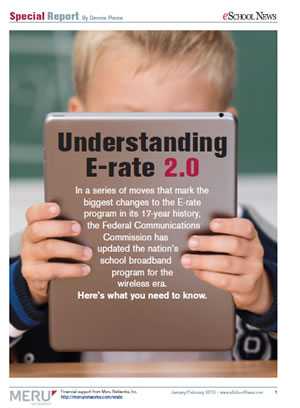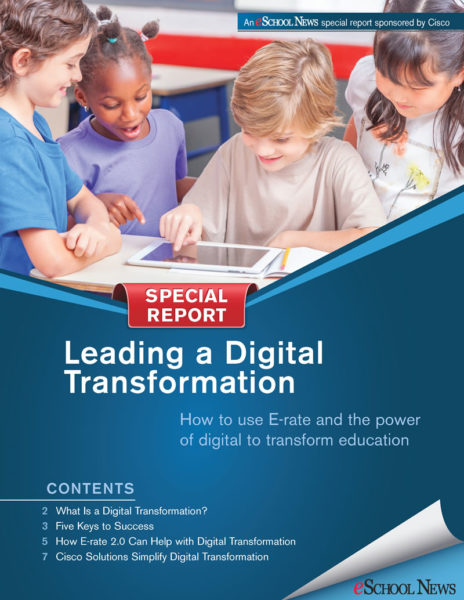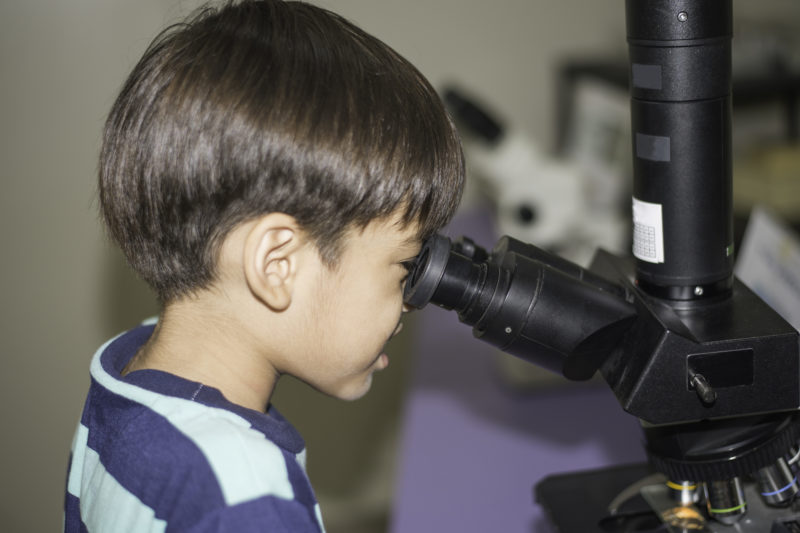7 Ways Social Media Has a Role in Education
The Americas Society and Council of the Americas invited me to discuss the role of social media in education with experts and leaders dedicated to advancing and shaping the political, economic, social and cultural agendas of the Western Hemisphere. The purpose was to take what works in New York City and bring it to other education systems. To follow are some ideas I shared that global leaders can bring back to their countries.
Why embrace social media for students and staff? If we want to run for office, run a business, or change how things are run where we work, live, or play we must be savvy in the use of social media. It is crucial for college, career, and life success. It can also save time at work for teachers. Here’s how.
- 1. The Stats - College, Career, and Citizenship Success
Look who’s watching:
* 1/4 of college admissions officers consider digital footprint
* 3/4 of human resource managers
* 1/3 of employers reject candidates based on something found in profiles
- 2. Ensuring Students Are Well Googled
We need to be smart about ensuring we are preparing students to be well-Googled by the time they graduate high school. We must support them in creating an online presence that will lead help them get into that school, land that job, and attract the right people into their worlds for powerful global connections. Here are some ways to get started.
3. Social Credibility is the New Credentialing
Test scores and certifications worked well in the 20th century and are still used by some today, but in the 21st century, it is your online reputation that allows you to show what you know. This should begin in secondary school as expertise has no age requirement. An example of this is Armond McFadden who has a life long passion for mass transit as well as filming and photographing trains and busses. In middle school Armond began a video series about mass transit and started photographing various trains and busses. He became involved in several online communities to discuss mass transit and his work became well known. With social media, Armond was not a teenager, but a knowledgeable peer. His writing mattered. People listened. Read more about how Armond developed social credibility here.
"When I apply for part-time work or internships during college, I make sure employers know to look at my digital footprint which demonstrates that I have the skill set they want. I ensure my resume contains links to social media sites which looks fantastic for showing what I’m capable of and for giving employers background about me and my work." - Armond McFadden
4. Student Learning Networks
In the age of social media, the teacher is no longer the center of learning. The student is. One of the most important things an educator can do is support students in developing a powerful learning network. Being digitally literate and having social media savvy is what is needed to help students to connect with others who share their passions, talents, and interests. This requires understanding how social media works and how to find the right people to connect with safely and responsibly. It also requires an understanding of how to effectively use these tools to connect, collaborate, and grow learning. Want to know more? 15-year-old Alex Laubscher explains here.
5. Work More Effectively
Social media allows you to change the paradigm from “teacher” as expert to “group” as expert. Rather than asking around between classes or sending and tracking emails to multiple people who “may” know answers, you can ask a global community via social media.. This saves the asker time because there is a large audience and the traditional “askies” time because participants realize there is a whole community of knowledge out there. This reduces emails and increases the access to good answers and connections.
6. Connect with Experts via Twitter
You can find a world of experts on any topic if you have literacy in using Twitter also know as “Twitteracy.” Just know the right hashtags and how to find experts and you have the world’s best knowledge at your fingertips. It is better than any rolodex allowing you to connect anytime, anywhere, with the interested parties who are available now.
7. Release the Amazing Work of Students from the Classroom to the World
We hear stories in passing about the great work happening in schools, but usually it’s locked in a school or classroom or trapped on a laptop. Social media puts an end to that. First grade teacher Erin Shoening used Facebook to give families a window into her classroom. Second grade teacher Courtney Woods used Twitter to connect her students to a world of experts and outlets that helped to increase tourism in her community. Technology teacher Chris Casal brought positive attention to his school by showcasing an amazing parent community that came together to surprise students with something very special. Click here to find out what it was.
Lisa Nielsen writes for and speaks to audiences across the globe about learning innovatively and is frequently covered by local and national media for her views on “Passion (not data) Driven Learning,” "Thinking Outside the Ban" to harness the power of technology for learning, and using the power of social media to provide a voice to educators and students. Ms. Nielsen has worked for more than a decade in various capacities to support learning in real and innovative ways that will prepare students for success. In addition to her award-winning blog, The Innovative Educator, Ms. Nielsen’s writing is featured in places such as Huffington Post, Tech & Learning, ISTE Connects, ASCD Wholechild, MindShift, Leading & Learning, The Unplugged Mom, and is the author the book Teaching Generation Text.



























